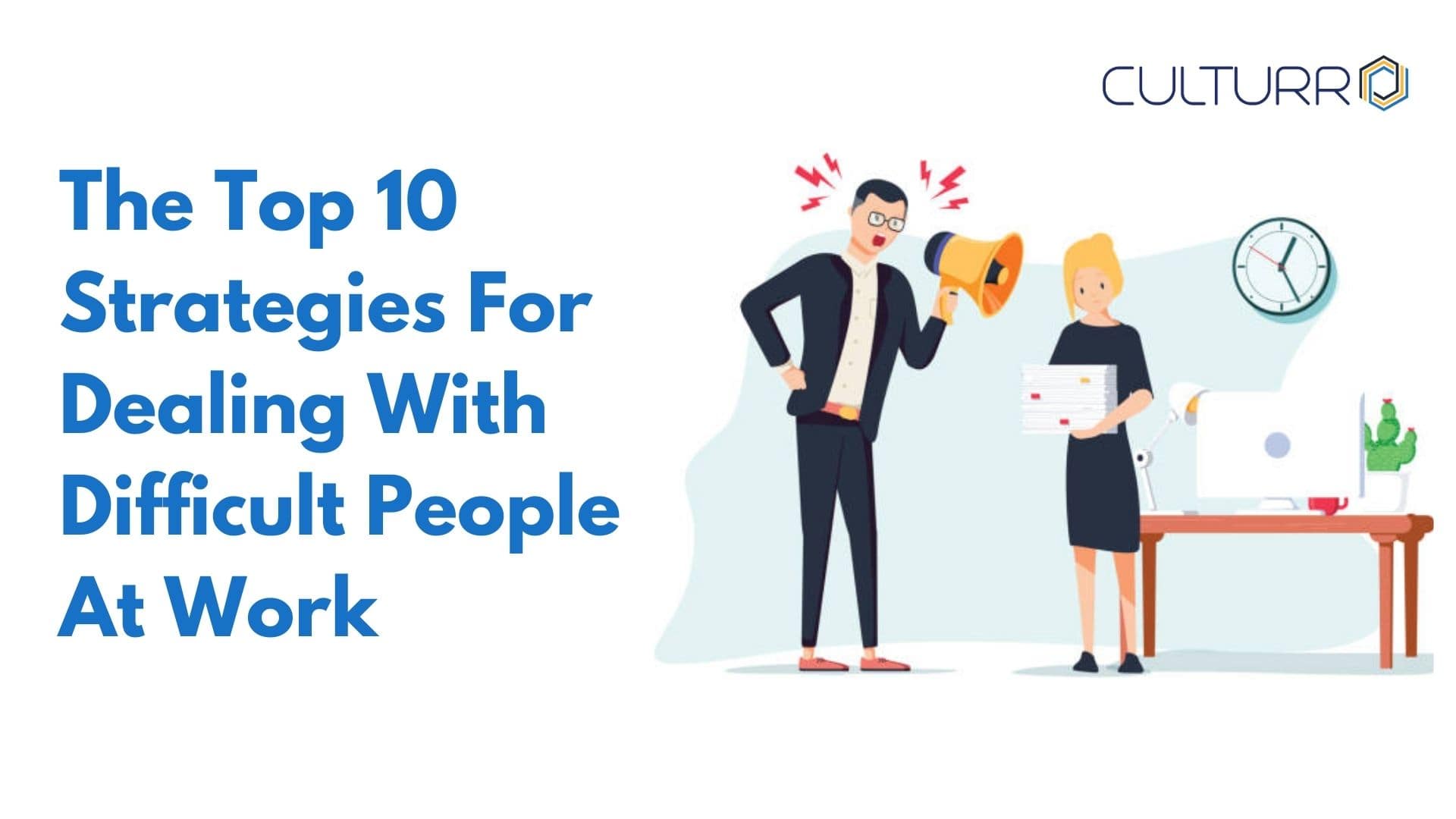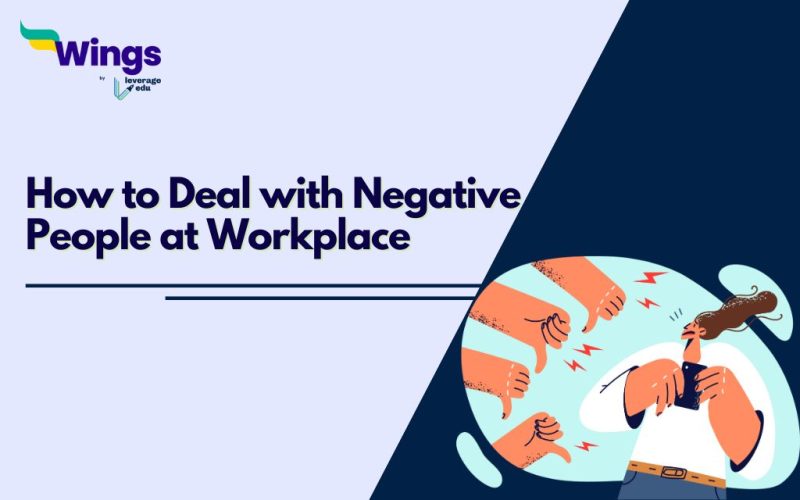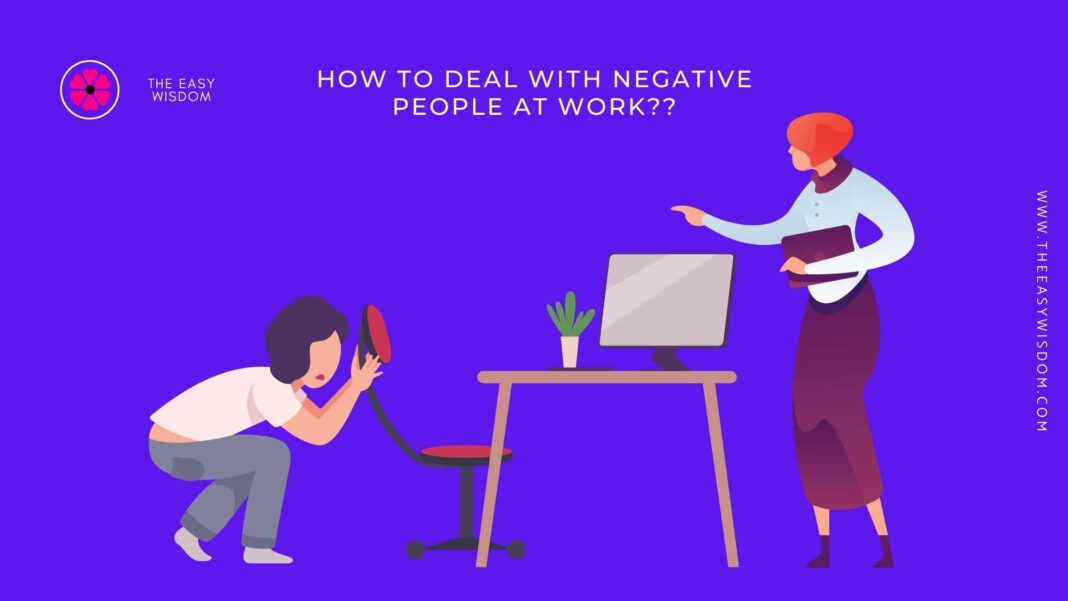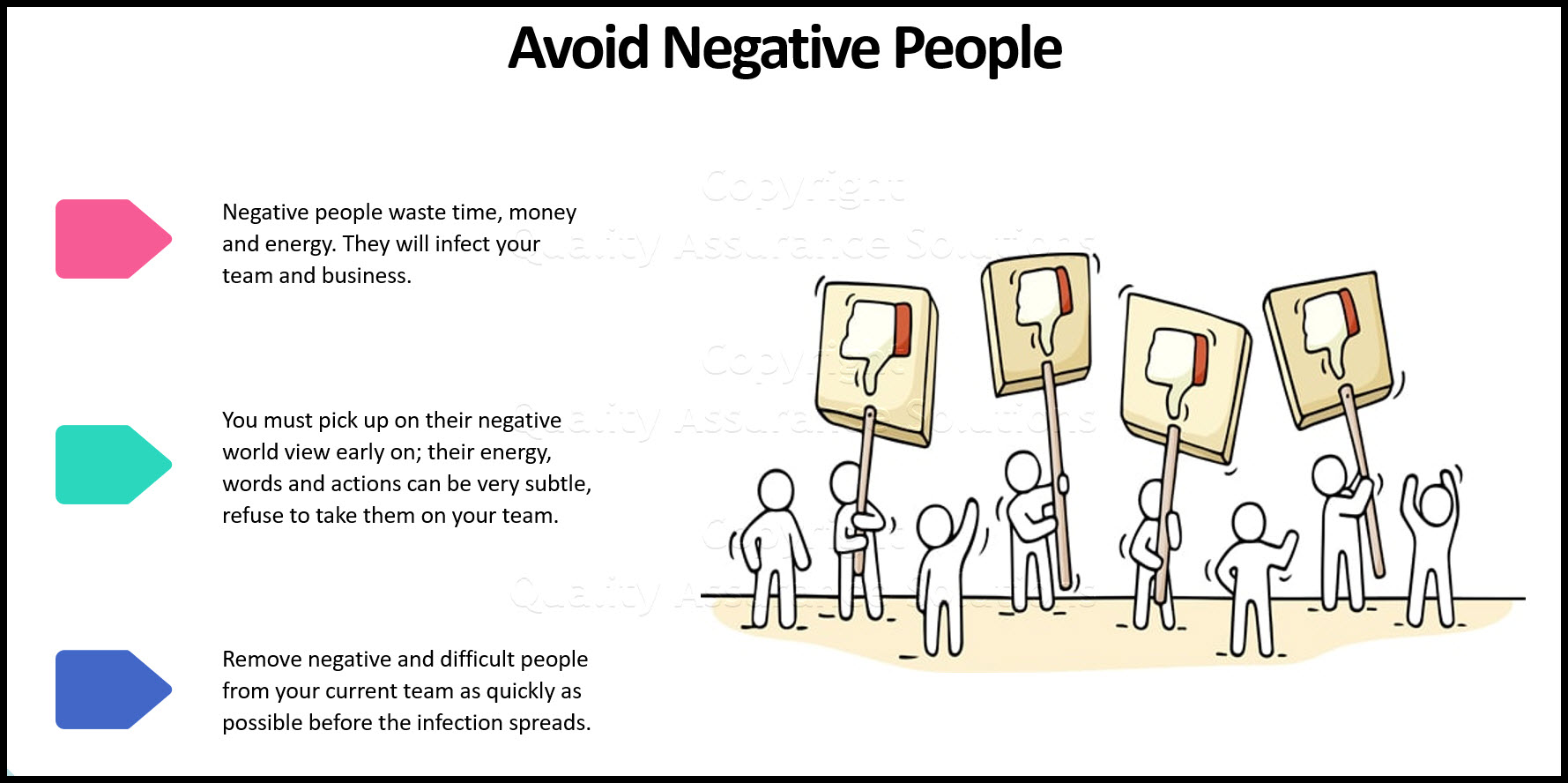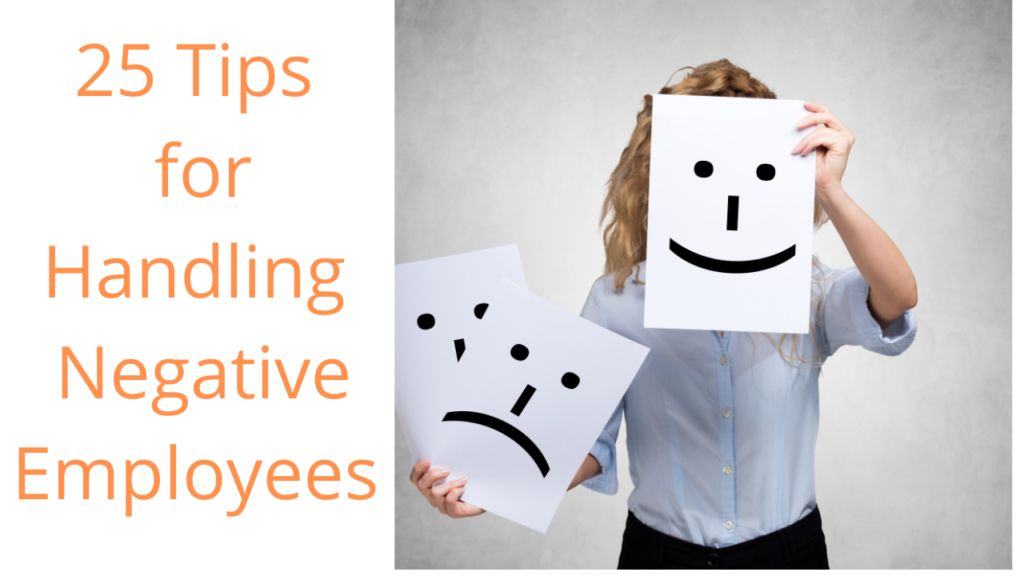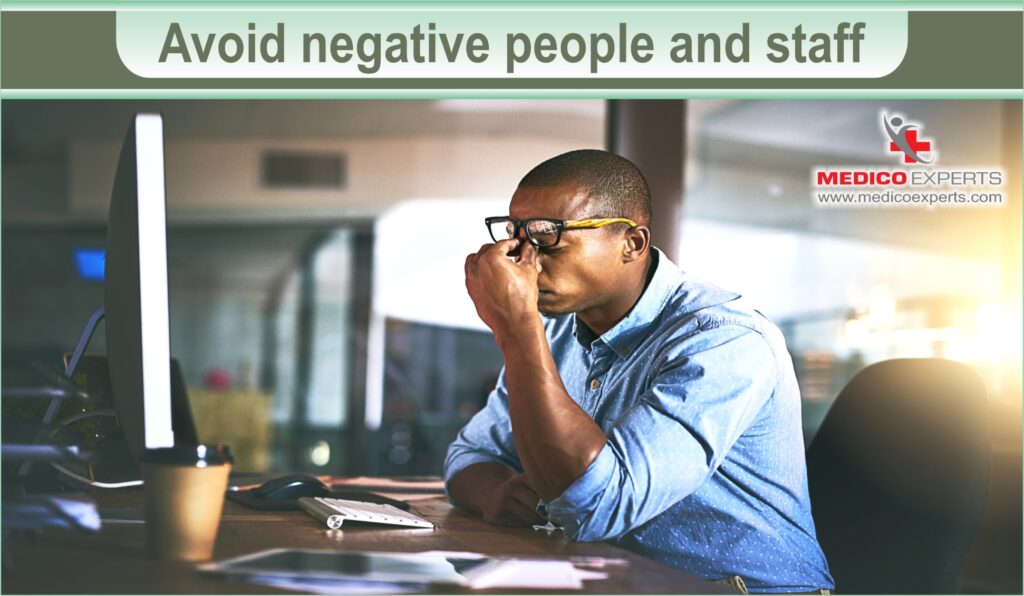How To Avoid Negative People At Work
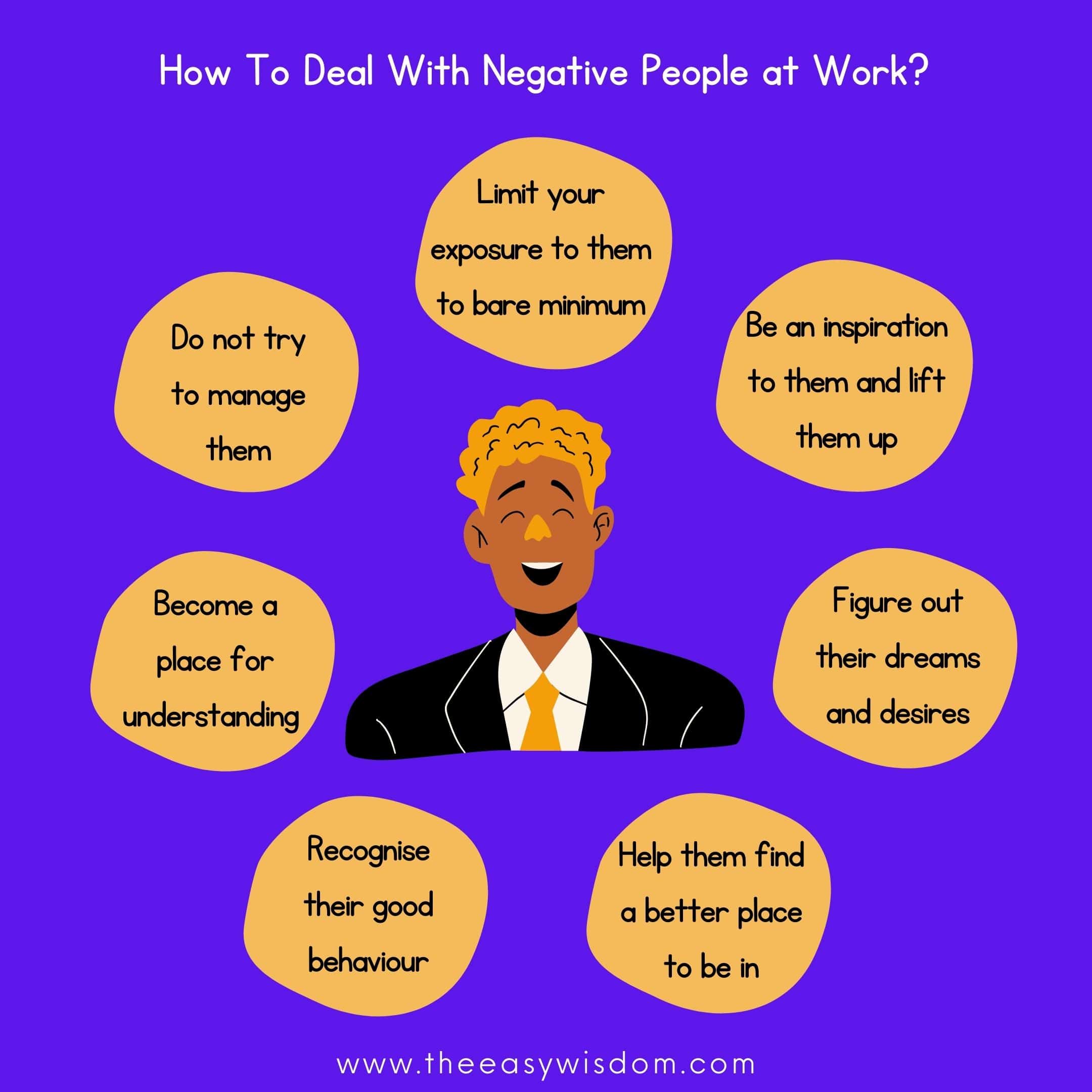
The modern workplace, often touted as a hub of collaboration and innovation, can sometimes feel more like a minefield of negativity. From chronic complainers to energy vampires, negative individuals can significantly impact productivity, morale, and even personal well-being. Learning to navigate these interactions, or better yet, avoid them altogether, is becoming an increasingly crucial skill for professional survival and success.
This article will delve into practical strategies, backed by expert advice and research, for identifying and mitigating the impact of negative people at work. It provides actionable steps to protect your mental health, maintain productivity, and foster a more positive and fulfilling work environment. Furthermore, we'll explore the psychological underpinnings of negativity and how to differentiate between legitimate concerns and toxic behavior.
Understanding the Impact of Workplace Negativity
Workplace negativity isn't just annoying; it's detrimental. Studies by organizations like the American Psychological Association (APA) have consistently shown a strong correlation between negative work environments and increased stress levels, burnout, and decreased job satisfaction. This can lead to absenteeism, reduced productivity, and even higher employee turnover rates, costing companies significant amounts of money.
The ripple effect of negativity can spread quickly through a team, creating a toxic atmosphere that stifles creativity and innovation. Individuals who are constantly exposed to negative commentary may begin to internalize these attitudes, leading to a decline in their own performance and motivation.
Identifying Negative Individuals
Recognizing negative behaviors is the first step toward avoiding their impact. Common traits include constant complaining, gossiping, spreading rumors, criticizing others, and resisting change. These individuals often have a pessimistic outlook, focusing on problems rather than solutions.
Pay attention to the language used and the overall tone of conversations. Is the focus consistently on the negative aspects of projects, colleagues, or company policies? Does the person frequently express feelings of hopelessness or victimhood? These are all red flags.
Strategies for Minimizing Contact
Once you've identified potential sources of negativity, the next step is to strategically minimize your interactions with them. This doesn't necessarily mean being rude or dismissive, but rather setting healthy boundaries.
Physical Distance
If possible, try to physically distance yourself from negative individuals. Choose a workspace away from them, take breaks in different areas, and avoid lingering in common areas where they tend to congregate. This simple act can significantly reduce your exposure to their negativity.
Limiting Conversations
When you must interact, keep conversations brief and focused on the task at hand. Avoid engaging in gossip or complaining. Steer the conversation towards solutions and positive outcomes. For instance, if a colleague starts complaining about a project deadline, you could say, "That's a challenge. Let's focus on what we can control and break down the tasks into smaller, manageable steps."
Email and Communication Boundaries
Set boundaries regarding email and other forms of communication. Don't feel obligated to respond to every message immediately, especially if it's likely to be negative or unproductive. Use filters and folders to prioritize important communication and avoid getting bogged down in negativity.
Protecting Your Own Energy and Mindset
Avoiding negative people is only half the battle. It's equally important to protect your own energy and mindset. Focus on cultivating a positive attitude and building resilience.
Practice self-care techniques such as mindfulness, meditation, or exercise to manage stress and maintain a positive outlook. Surround yourself with positive influences both inside and outside of work. Build strong relationships with supportive colleagues and friends who uplift and inspire you.
Remember, you have the power to control your reactions and choose your own path. Don't let the negativity of others define your experience. "Your mental health is your priority."
When to Seek Help
In some cases, workplace negativity can escalate into harassment or bullying. If you're experiencing such behavior, it's important to document the incidents and report them to HR or your supervisor. Don't suffer in silence. "Companies have a legal and ethical responsibility to protect their employees from harassment and create a safe and healthy work environment."
If the negativity is significantly impacting your mental health, consider seeking professional help. A therapist or counselor can provide you with strategies for coping with stress, setting boundaries, and managing your emotions.
The Role of Leadership
Addressing workplace negativity isn't just the responsibility of individual employees; it also requires strong leadership. Leaders should proactively create a positive and supportive work environment by promoting open communication, recognizing and rewarding positive behavior, and addressing negative behavior promptly and effectively.
By fostering a culture of respect and empathy, leaders can create a workplace where negativity is less likely to thrive. "It starts from the top."
Moving Forward: Cultivating a Positive Work Environment
Ultimately, creating a positive work environment requires a collective effort. By understanding the impact of negativity, identifying negative individuals, setting boundaries, protecting your own energy, and seeking help when needed, you can significantly improve your work experience and contribute to a more positive and productive workplace.
Remember that change takes time and consistency. But by taking proactive steps to avoid negativity and promote positivity, you can create a brighter and more fulfilling future for yourself and your colleagues.
